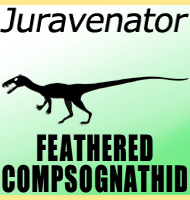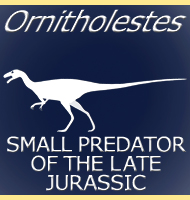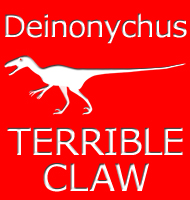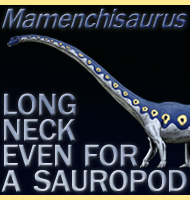


Anchiornis
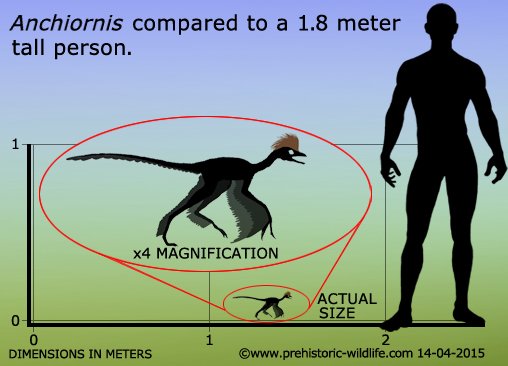
Name:
Anchiornis
(Near bird).
Phonetic: An-chee-or-niss.
Named By: Xing Xu, Qi Zhao, Mark Norell,
Corwin Sullivan, David Hone, Gregory Erickson, XiaoLin Wang,
FengLu Han & Yu Guo - 2009.
Classification: Chordata, Reptilia, Dinosauria,
Saurischia, Theropoda, Paraves, Eumaniraptora, Avialae.
Species: A. huxleyi (type).
Diet: Carnivore/Insectivore.
Size: Early specimens estimated at about 34
centimetres long. Additional specimens possibly up to 40 centimetres
long.
Known locations: China, Liaoning province -
Tiaojishan Formation.
Time period: Oxfordian of the Jurassic.
Fossil representation: At least three individuals.
One specimen is so well preserved the actual colour and pattern of the
plumage can be determined. Claims of potentially hundreds of
Anchiornis remains are reported to be in Chinese
museums.
In
terms of size, Anchiornis was a very small
dinosaur indeed, though
this is not the claim to fame for the genus. Anchiornis
is known to
have been feathered and one specimen is so well preserved that
palaeontologists have been able to determine what colour and pattern
these feathers were in life. Anchiornis seems to
have been mostly
black with white stripes running along its wings of its fore arms,
while the face had black and red speckles. This was all crowned off
with an orange Mohawk style feather crest on top of its head. As of
2010, our understanding of dinosaur colours is most complete for
Anchiornis, though the tail is still unknown at
the time of writing.
The first dinosaur to make headlines for the discovery of colour was
Sinosauropteryx,
which is now known to have had a banded orange and
white tail.
Anchiornis
had feathers but is still thought of by palaeontologists as a dinosaur
rather than a bird, though one that wasn’t far from becoming one.
As with all feathered dinosaurs, Anchiornis had
maniraptorian
origins, and shows features seen in both dromaeosaurs
and
troodontids.
Although Anchiornis had a similar
feather arrangement as
Microraptor,
the actual form and arrangement of the feathers on
Anchiornis are not that well suited to flight,
suggesting more of an
insulation/display function for them.
Despite
the lack of suitable feathers, Anchiornis had
very long fore limbs
that were equivalent to four fifths of the total length of the rear
limbs, and wrists more like those of birds than dinosaurs. These
are both developments that later descendants could carry forward to
fully functional flight capable wings, but in Anchiornis
they were
probably more for grasping and climbing Mesozoic trees to keep out of
the way of predators.
Anchiornis
would have shared its habitat with other dinosaurs such as Tianyulong,
Xiaotingia
and Eosinopteryx.
The skies though would have still been
ruled by pterosaurs,
with Darwinopterus,
Qinglongopterus,
Changchengopterus,
Dendrorhynchoides
and Jianchangnathus
to name
just a few of the pterosaurs known from the Tiaojishan Formation.
Further reading
- A new feathered maniraptoran dinosaur fossil that fills a
morphological gap in avian origin, Xing Xu, Qi Zhao, Mark
Norell, Corwin Sullivan, David Hone, Gregory Erickson, XiaoLin
Wang, FengLu Han & Yu Guo - 2009.
- Plumage color patterns of an extinct dinosaur, Quanguo Li,
Ke-Qin Gao, Jakob Vinther, Matthew D. Shawkey, Julia A.
Clarke, Liliana D’Alba, Qingjin Meng, Derek E. G. Briggs
& Richard O. Prum - 2010.
- On the absence of sternal elements in Anchiornis (Paraves) and
Sapeornis (Aves) and the complex early evolution of the avian sternum.
- Proceedings of the National Academy of Sciences. 111 (38):
13900–13905. - X. Zheng, J. O.Conner, X. Wang, M. Wang, X. Zhang
& Z. Zhou - 2014.
- Comment on the absence of ossified sternal elements in basal paravian
dinosaurs. - Proceedings of the National Academy of Sciences. 111 (50):
E5334–E5334. - C. Foth - 2014.
- Bizarre structures point to dromaeosaurs as parasites and a new
theory for the origin of avian flight. - Journal of Paleontological
Sciences. 6: 1–27. - G. Fraser - 2014.
- Additional information on the primitive contour and wing feathering
of paravian dinosaurs. - Palaeontology. 61 (2): 273–288. - Evan T.
Saitta, Rebecca Gelernter & Jakob Vinther -2018.
- Exceptional dinosaur fossils reveal early origin of avian-style
digestion. - Scientific Reports. 8 (1): 14217. - Xiaoting Zheng, Xiaoli
Wang, Corwin Sullivan, Xiaomei Zhang, Fucheng Zhang, Yan Wang, Feng Li
& Xing Xu - 2018.
----------------------------------------------------------------------------
Random favourites
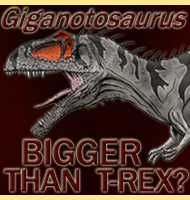 |
 |
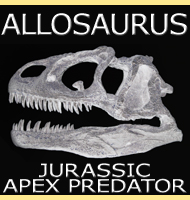 |
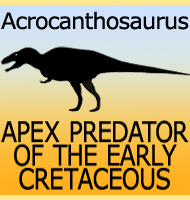 |
